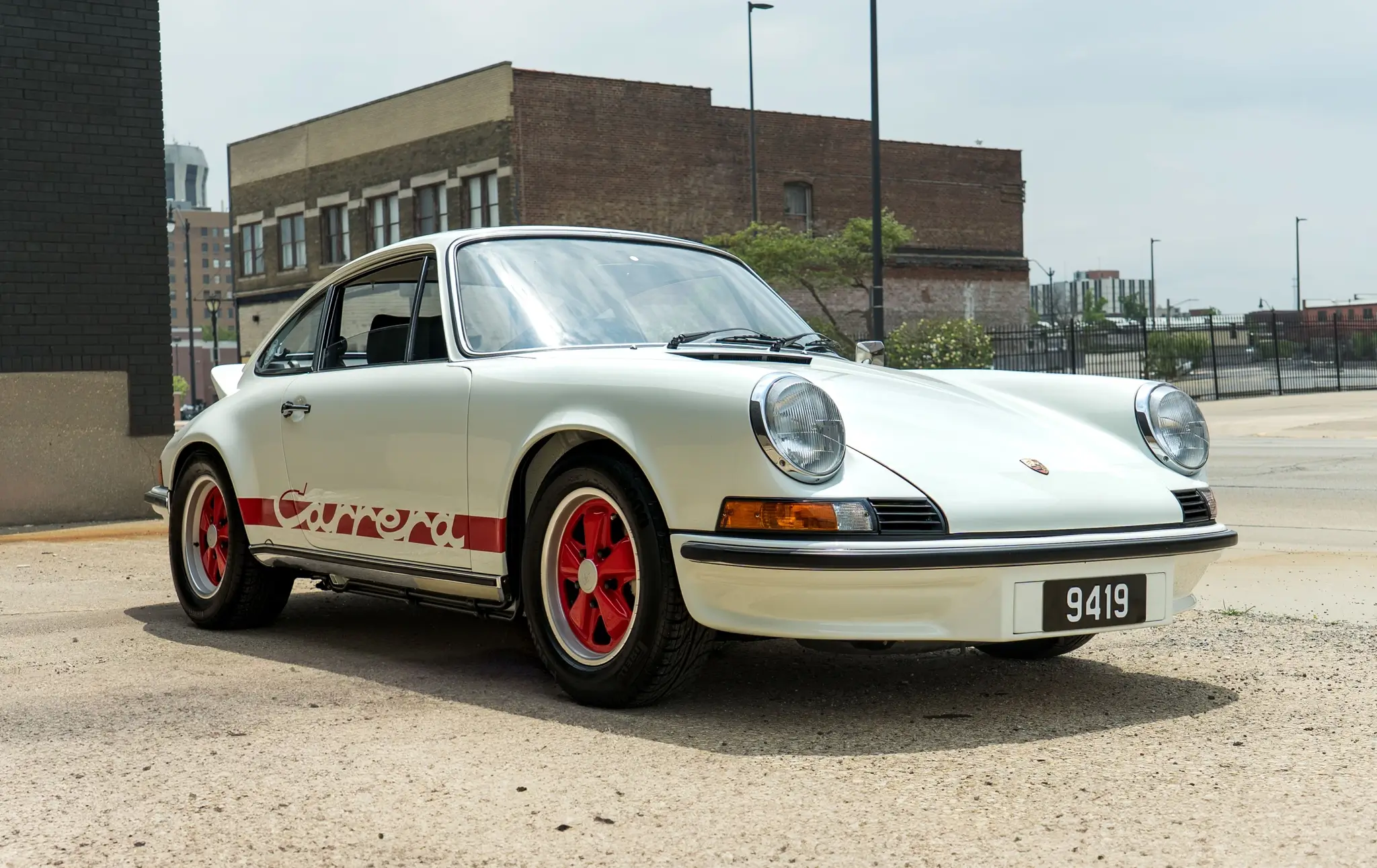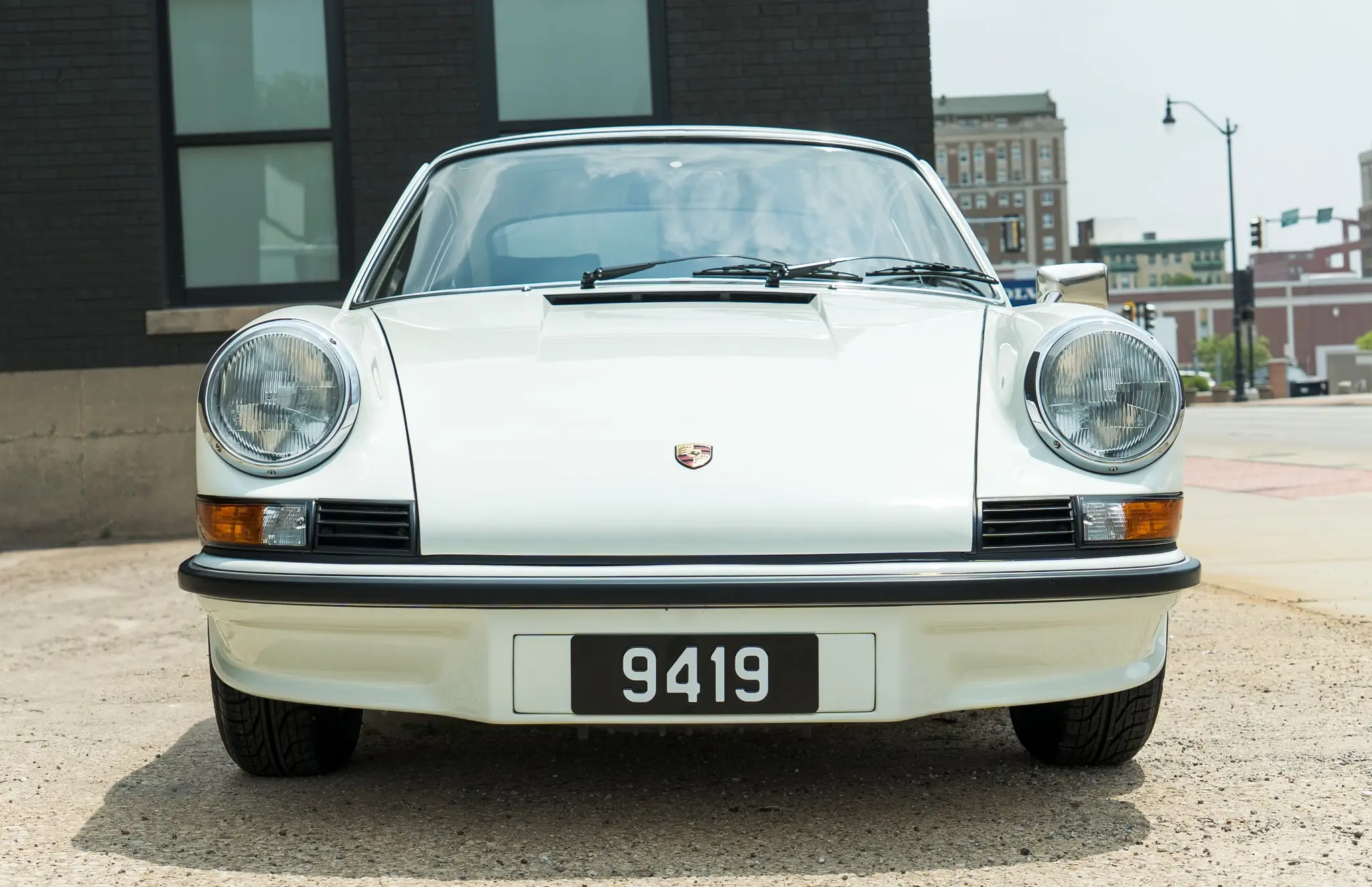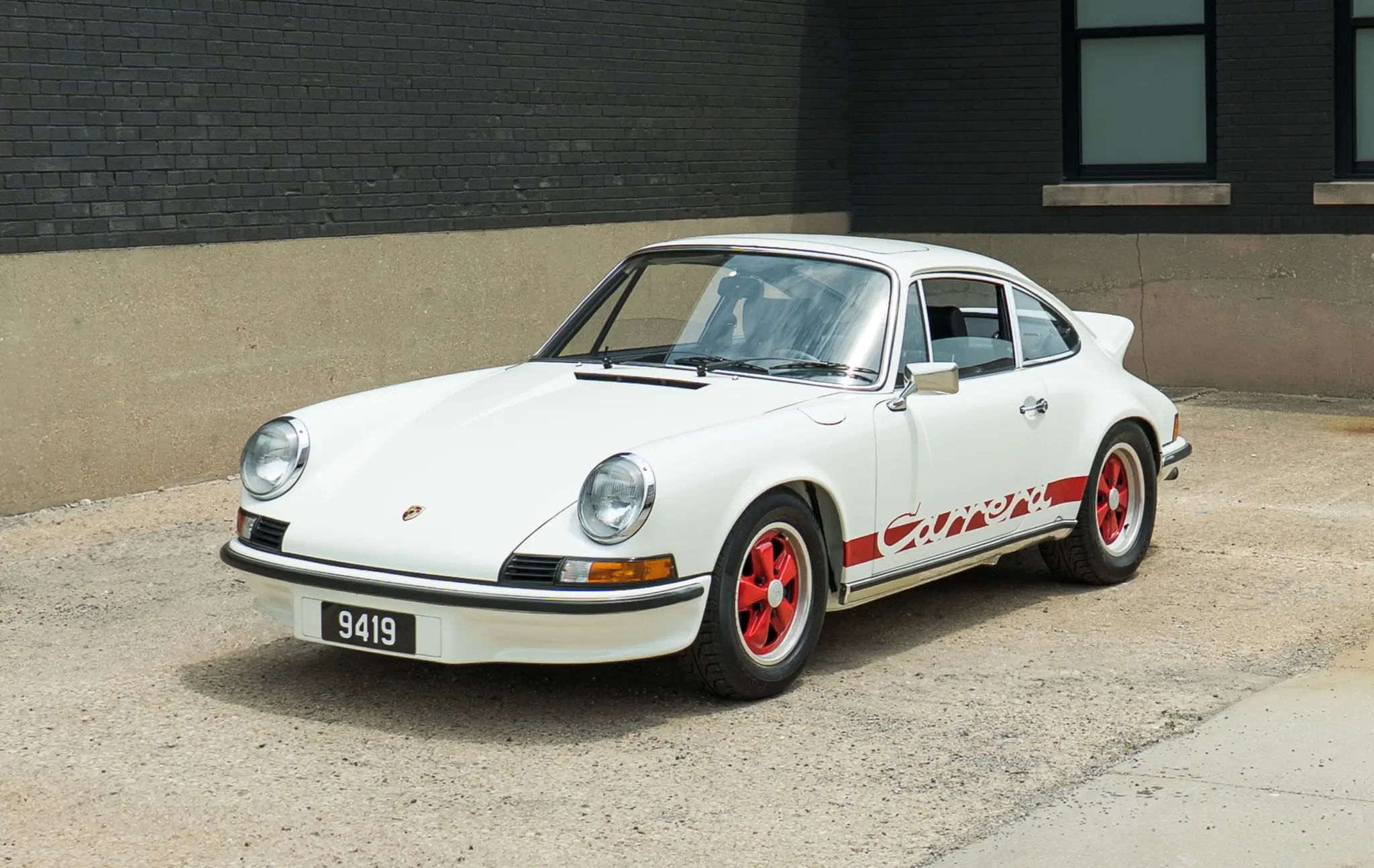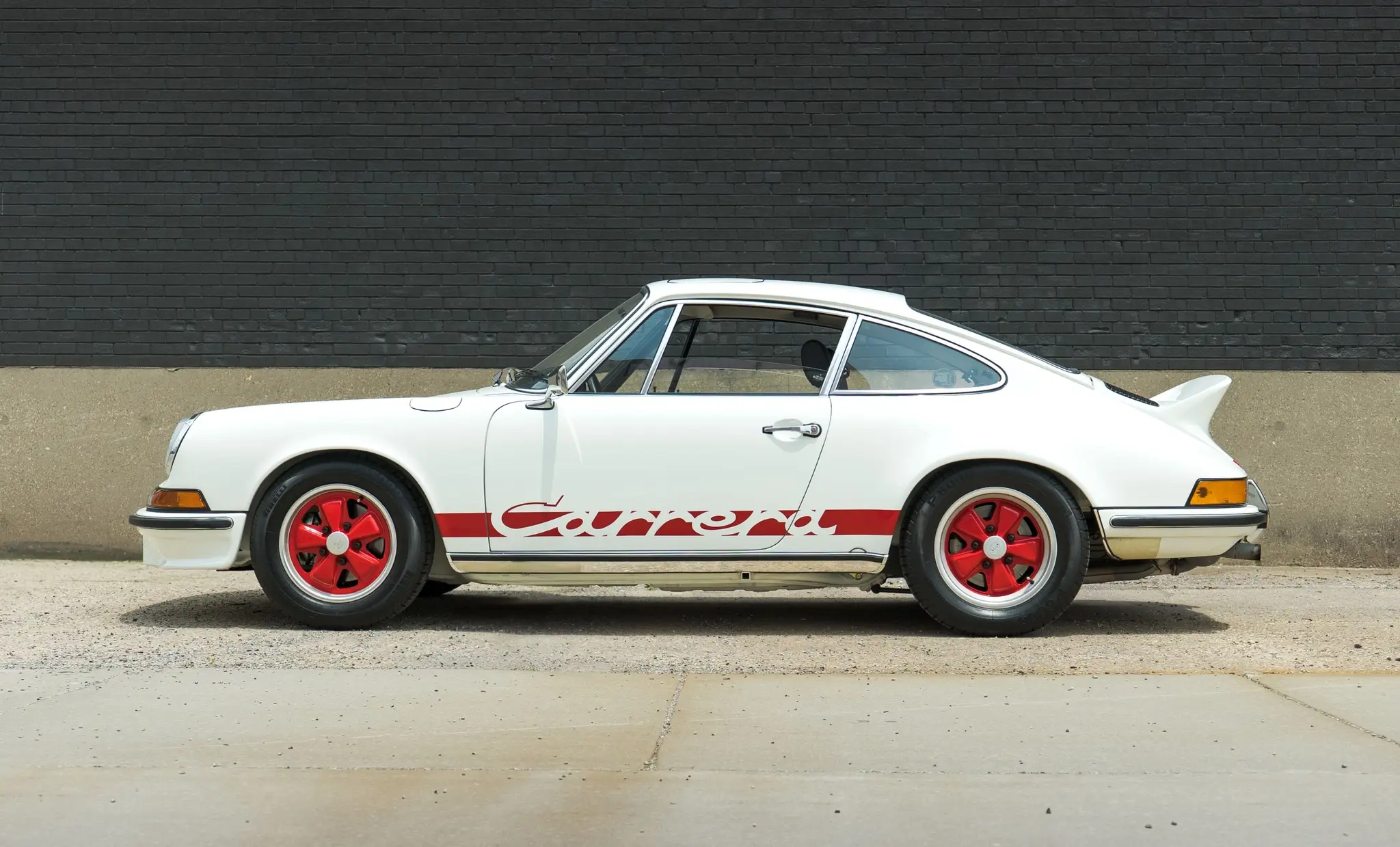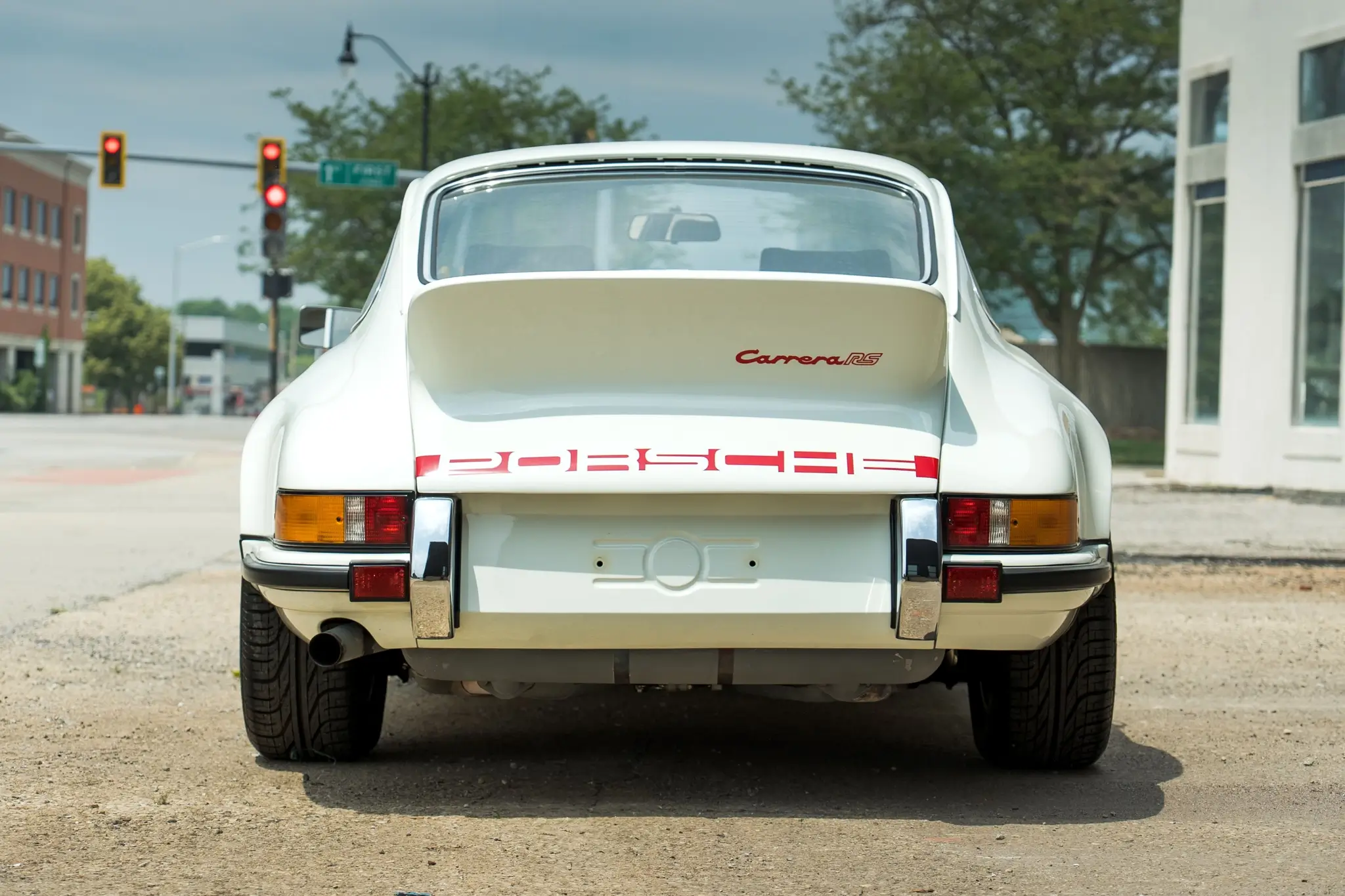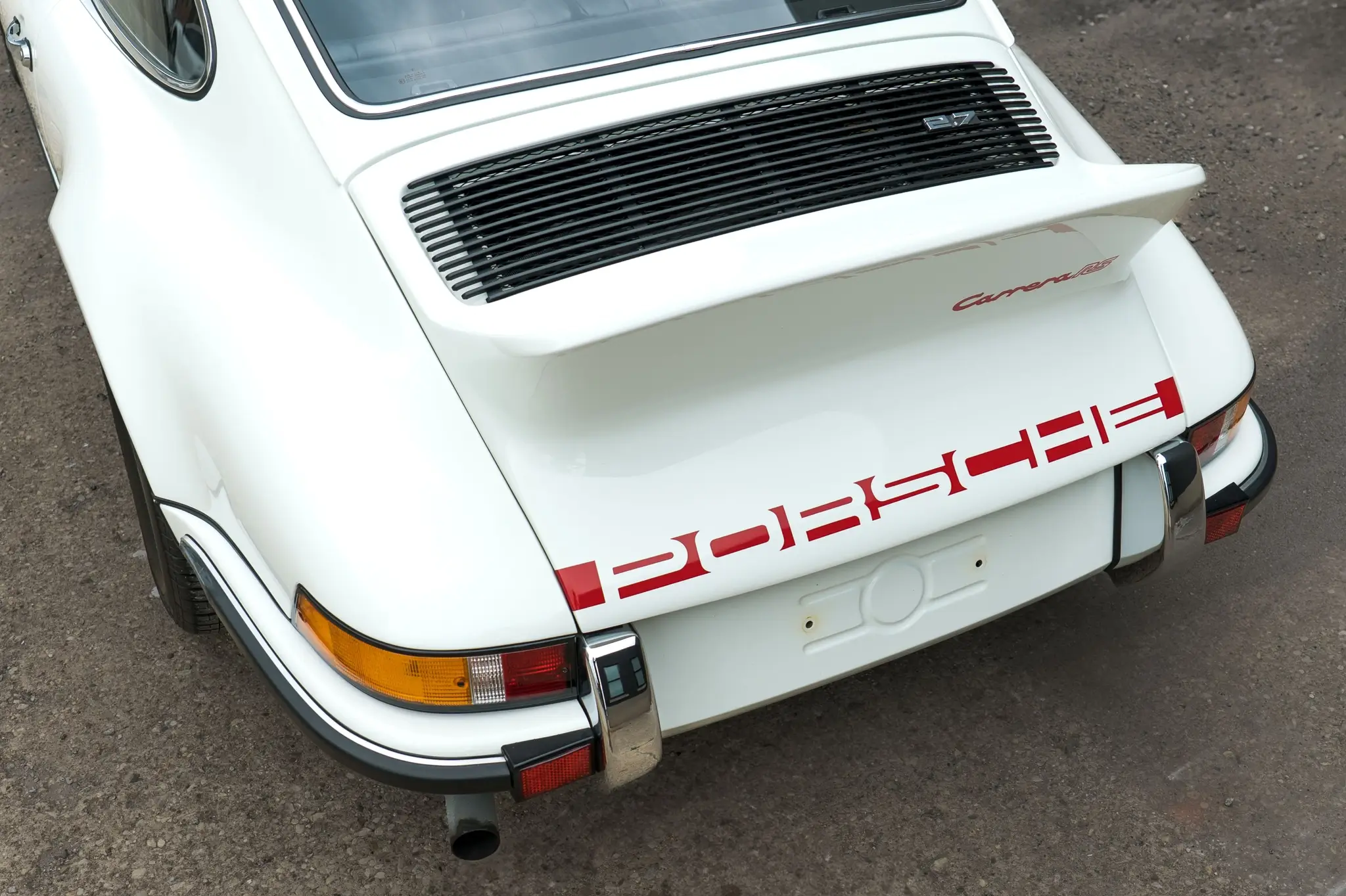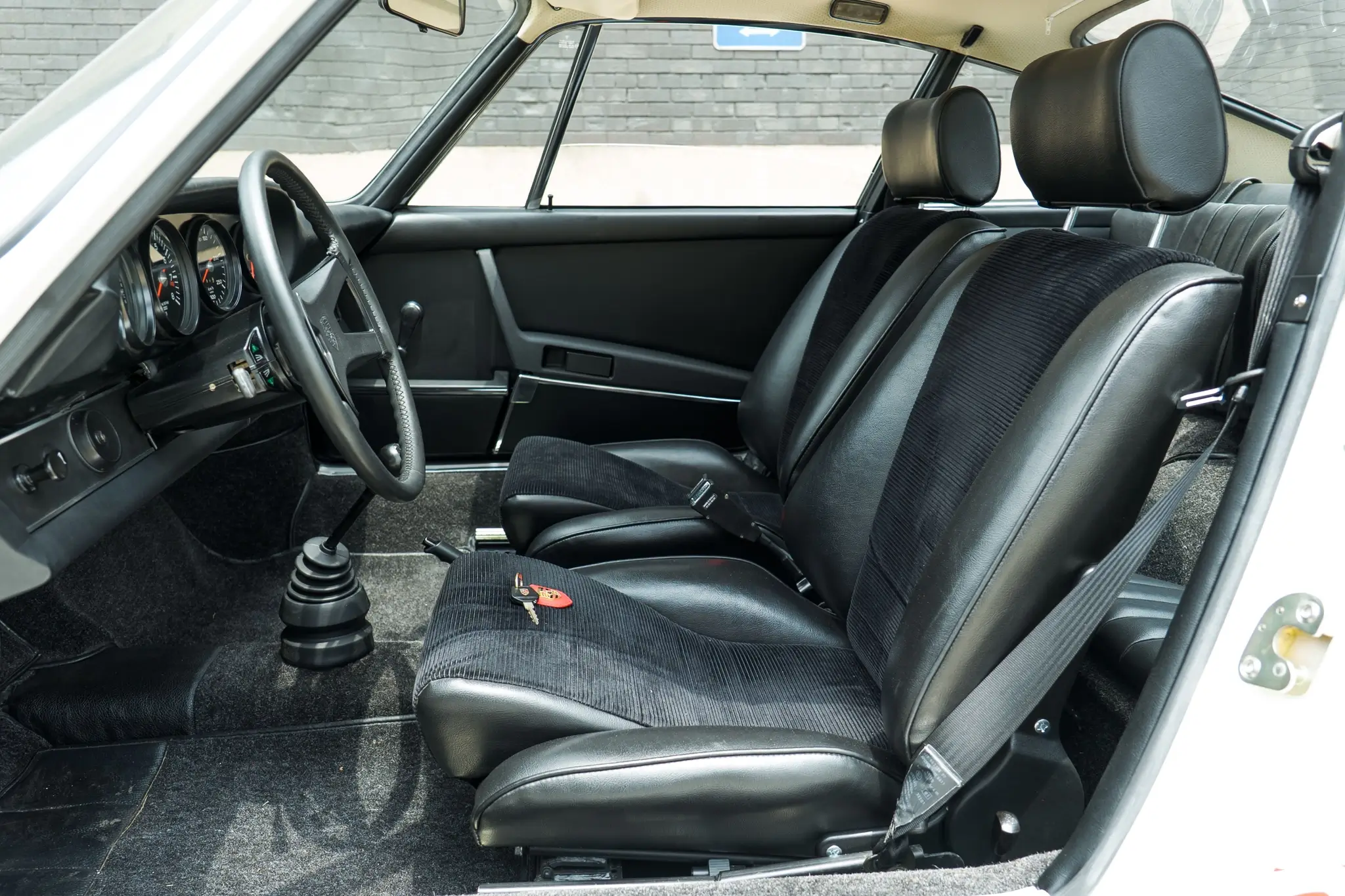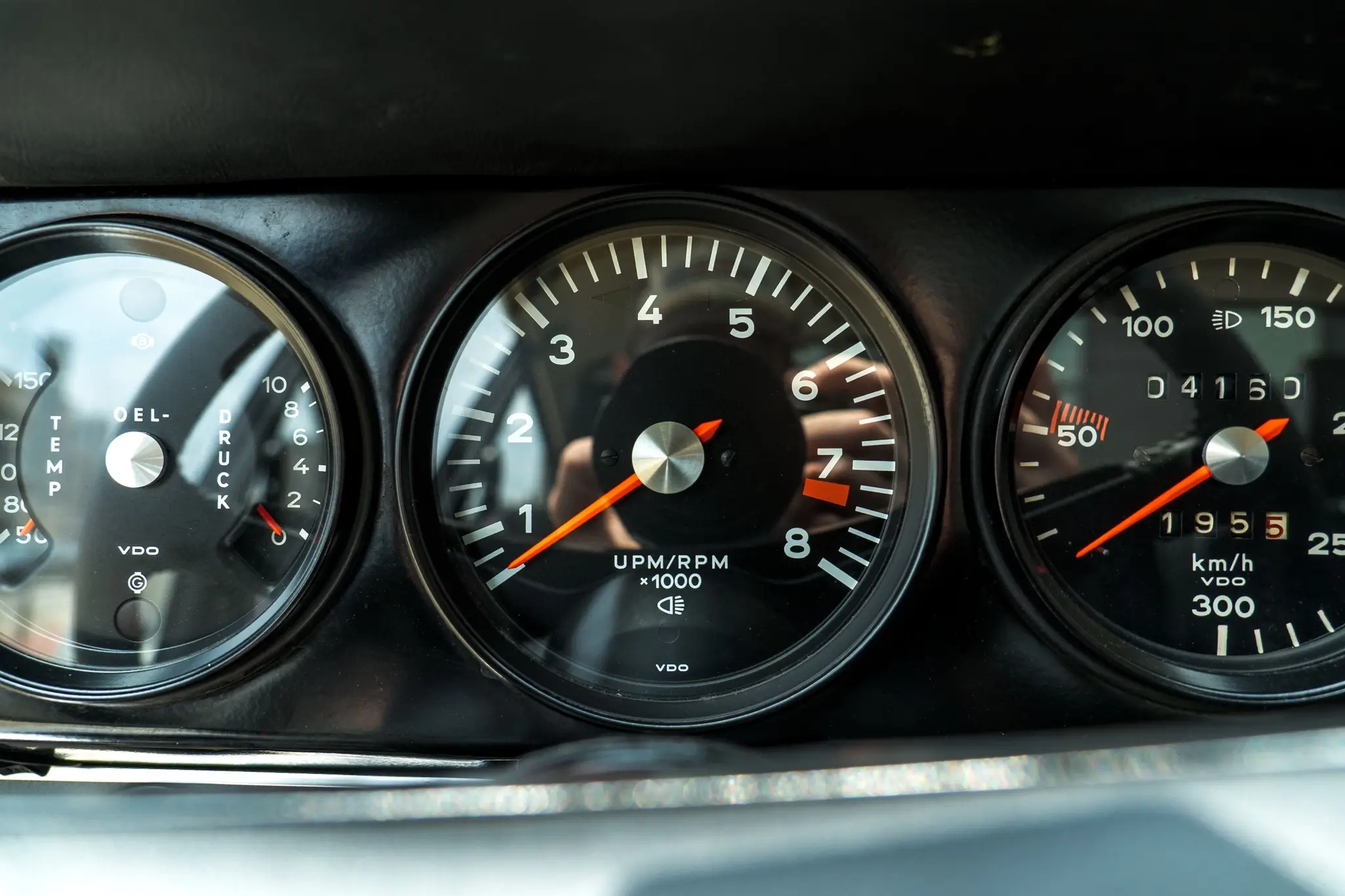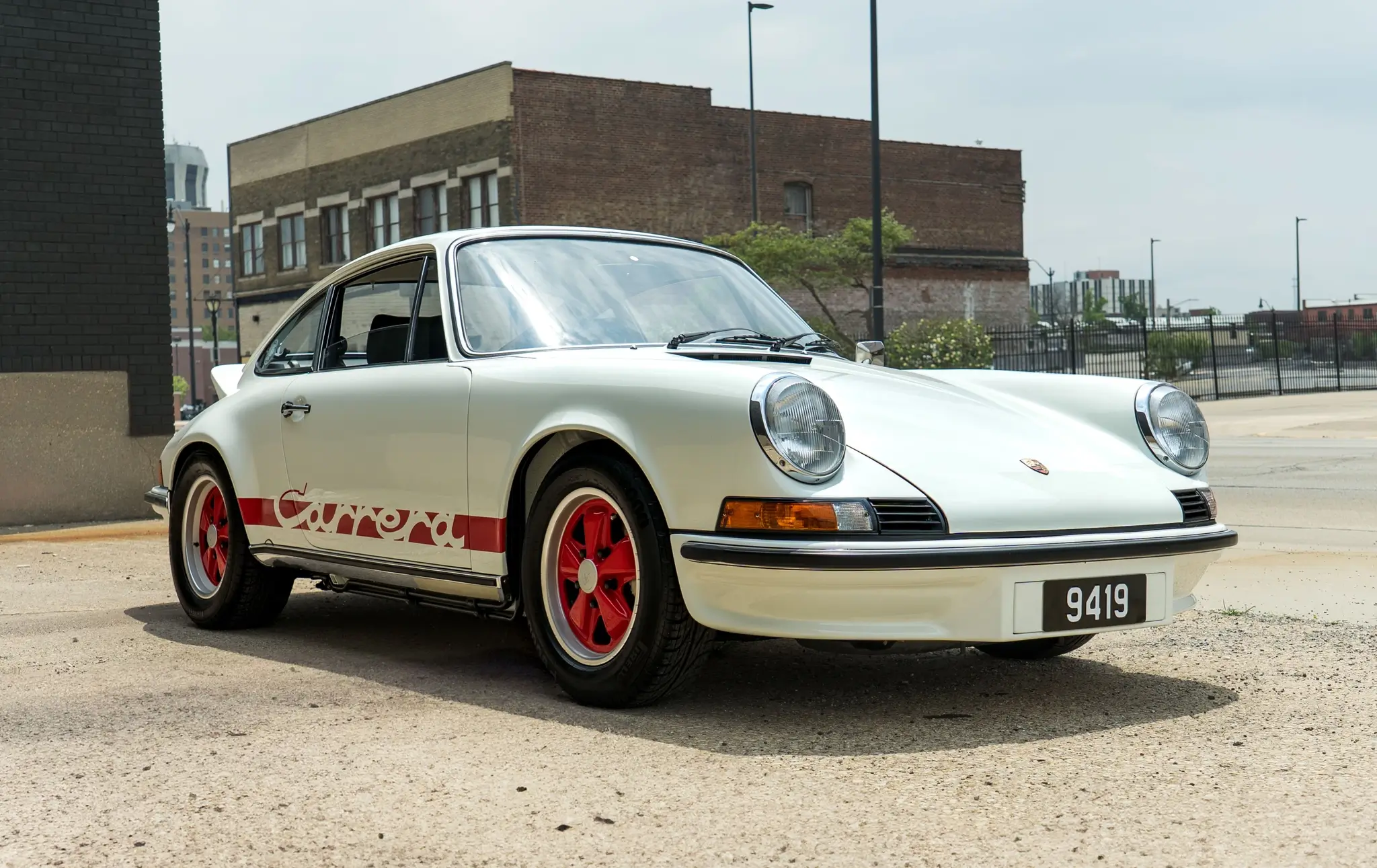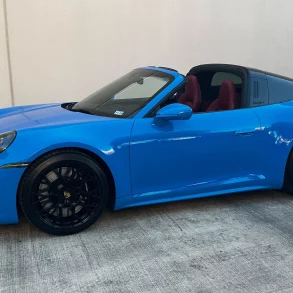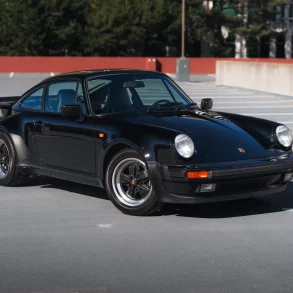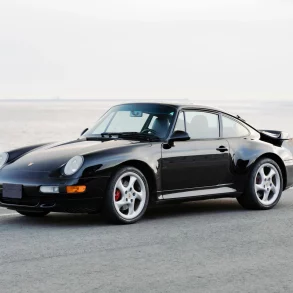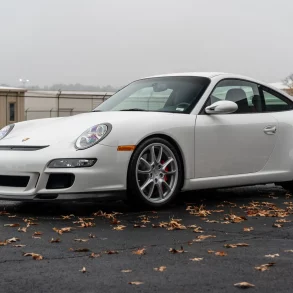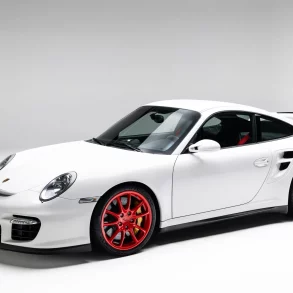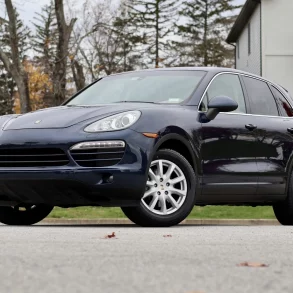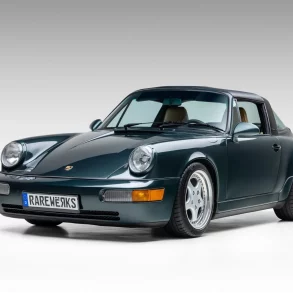Classified Details
- Year: 1973
- Make: Porsche
- Model: 911 (Classic) > Carrera RS
- Mileage: 4160 km
- Color: White
- State: Restored
- Location: IL
- Origin Country: Germany
- Type: Auction
- Status: Not Sold
Vehicle Details
One of only 1,580 units produced in total, this 1973 example was originally delivered in Berlin, finished in Grand Prix White with red accents and specified in Touring configuration with an optional electric sunroof.
This car is believed to be the only RS restored by the Porsche Classic Center in Stuttgart, Germany, which began in 2004 at the factory’s historic Werk 1 building. Senior craftsmen completely dismantled and examined the car, painstakingly cleaning, repairing, or replacing every component with a genuine factory part.
After completion in 2006, the car was driven approximately 2,500 miles by its owner in Luxembourg over the next 18 years before it was acquired by the seller in June 2024. Accompanied by extensive photos and documentation, this factory-restored and numbers-matching Carrera RS 2.7 is now being offered for auction out of Illinois.
This sale will include a large collection of documentation and restoration photos, Porsche Classic literature, featured magazine articles, an owner’s manual, toolkit, spare tire, and a clean title. A trunk-mounted Porsche Classic certification plaque is highlighted by the seller, along with a custom black leather binder with brass trim that contains a letter from Porsche to the original owner, expressing appreciation and confirming the car’s restoration. Additional provenance includes appearances in Post magazine, the Porsche Club of Germany magazine, and even a commemorative postage stamp issued in Luxembourg. The car’s image has also been featured on merchandise sold by Porsche Classic, including a mouse pad, in which several examples are included with the sale.


